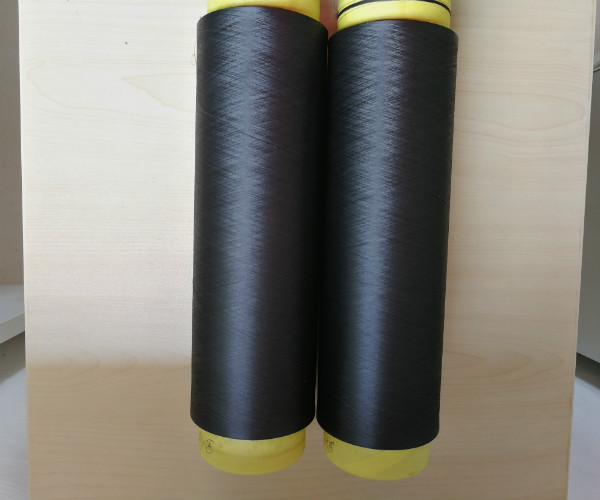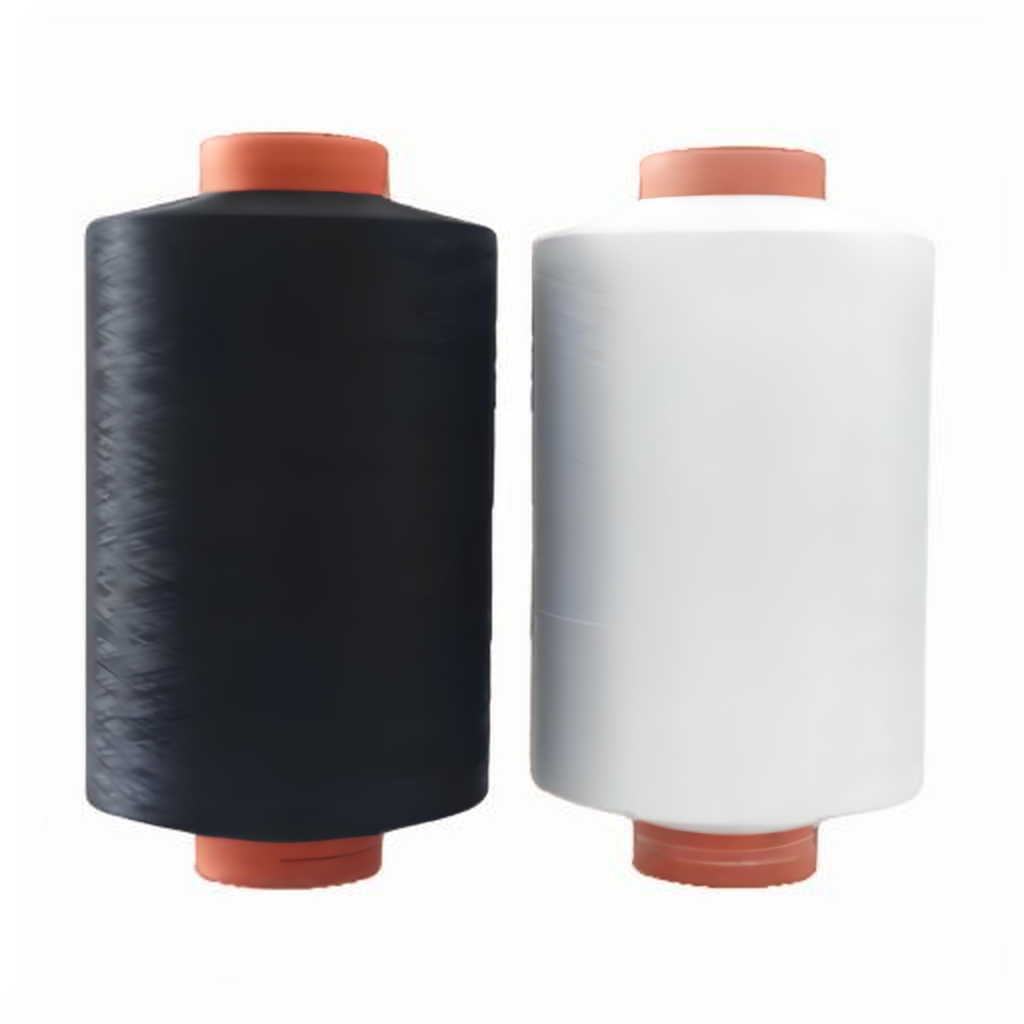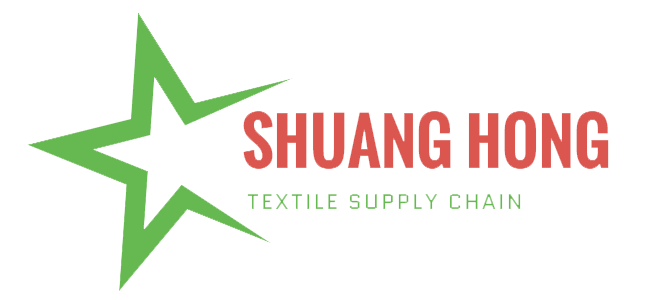
The Difference Between Polyester DTY High Elastic Yarn And Low Elastic Yarn - China Yarns Manufacturer And Supplier
An Introduction
Polyester With its great strength, great elongation, and outstanding elastic recovery performance, DTY yarn is increasingly essential in textiles, apparel, home textiles and industrial applications. With their various elastic properties, low- and high-elastic yarns of the DTY yarn family satisfy distinct market needs. While low-elastic yarn is ideal for areas with minimal elasticity needs owing of its low elasticity, high-elastic yarn is extensively utilised in apparel textiles that need great elasticity and recovery; Apart from physical characteristics, the two vary in manufacturing techniques and application situations as well.
Polyester DTY yarn originated in middle of the 20th century and has development history. As chemical fibre technology develops constantly, polyester DTY yarn’s manufacturing technique has become ever more advanced. The manifestation of the technical advancement of polyester DTY yarn is the emergence of low- and high-elastic yarn. Apart from enhancing the range of polyester DTY yarn, they help the textile business to grow. Thanks to its special qualities, polyester DTY yarn has become the ideal material for many textiles in the modern market.

Recycled polyester DTY low stretch yarn
Features and uses for polyester DTY high elastic yarn
By means of certain stretching and deformation techniques, polyester DTY high elastic yarn gains more elasticity and robustness throughout the manufacturing process. Low elastic modulus and great deformation under external force allow this fibre to rapidly revert to its original form once the external force is withdrawn. High elasticity is a feature that makes high elastic yarn useful in sportswear, swimwear, elastic socks and other industries of apparel needing great elasticity.
High elastic yarn’s manufacturing process demands are rather tight, thus exact control of strength and speed of stretching and deformation is necessary to guarantee that the elasticity and resilience of the fibre are in the optimum condition. Furthermore very important is the surface treatment of high elastic yarn, which influences the feel and gloss of the fibre and therefore the texture and look of the finished product.
Practically speaking, great elasticity of high elastic yarn may provide consumers more comfort and freedom. High elastic yarn can satisfy consumers for apparel elasticity whether in everyday life or on the sports pitch. High elastic yarn is also extensively employed in industrial sectors like medical and automobile interiors at the same time as its great elasticity offers additional design options for these sectors.
Features and uses for Polyester DTY Low- Stretch Yarn
Polyester DTY low-stretch yarn has a less degree of stretching and deformation in the manufacturing process than high-stretch yarn, so its elasticity and recovery are quite poor. Low-stretch yarn is appropriate for textiles that do not need great elasticity, like as materials like shirts and suits; it has a larger elastic modulus and less deformation. Low-stretch yarn is also extensively utilised in the manufacturing of house textile items like curtains and bed sheets, which pay more emphasis to texture and drape than high elasticity.
Low-stretch yarn offers some benefits in manufacturing cost as the production technique is very simple and the accuracy criteria of equipment are rather low. Low-stretch yarn is also more stable at the same time and appropriate for creating goods that must keep constant form and size. In the realm of home textiles, low-stretch yarn’s drape and texture make it perfect for creating bed linens and drapes.
Low-stretch yarn used in formal textiles may provide excellent shape retention and wrinkle resistance, therefore enabling the user to keep a tidy look at formal events. Low-elastic yarn also offers some special benefits for industrial use. For instance, the stability of low-elastic yarn guarantees the dependability and lifetime of tents, awnings and other goods.
variations in manufacturing techniques
The process parameters of stretching and deformation define the primary variation between the manufacturing methods of polyester DTY high-elastic yarn and low-elastic yarn. High-elastic yarn’s manufacturing procedure causes the fibre to be more curly and fluffy, which increases elasticity by means of increased stretching and deformation. This method calls not only exact equipment control but also thorough knowledge and study of fibre materials.
Low-elastic yarn’s manufacturing process is easier, on the other hand. The fibre structure is quite tight and smooth throughout the stretching and deformation process; the fibre is less distorted. This manufacturing technique has cheap cost and fits for mass production, which are benefits. Simultaneously, low-elastic yarn’s manufacturing process is also more steady, which helps to preserve product quality consistency.
Characteristics of performance comparison
From performance-oriented standpoint, low-elastic yarn and high-elastic yarn offer respective benefits. With their great elasticity and excellent recovery, high-elastic yarn may provide comfort and improved wearing experience. This fibre is appropriate for manufacturing goods that need for frequent stretching and deformation as it can rapidly revert to its natural form after being stretched.
With its reduced elasticity and greater stability, low-elastic yarn satisfies the application situations needing more stability of textile shape. This fibre is fit for manufacturing goods requiring constant shape and size as it deforms less under external pressure. Simultaneously, low-elastic yarn’s stability offers benefits in industrial application as well, including improved durability and dependability when producing goods like awners and tents.

Wholesale production of DTY nylon filament
Finally
The application sector reflects as much as the manufacturing technique and performance qualities distinguish polyester DTY high-elastic yarn from low-elastic yarn. The two fibres’ application range is likewise always growing as science and technology advance and market demand undergo continual fluctuations. The future innovation and development of polyester DTY fibre will keep advancing the textile sector and provide consumers more varied and premium fabrics, therefore benefiting the industry. Simultaneously, as environmental consciousness grows and the idea of sustainable development becomes more well-known, the manufacture and use of polyester DTY fibre will likewise give environmental preservation and sustainability greater priority.
Feature Product
-
 DTY 100D/144F Polyester Yarn
DTY 100D/144F Polyester YarnDTY 100D/144F Polyester Yarn: The Ultimate Guid...
-
 DTY 100D/96F Polyester Yarn
DTY 100D/96F Polyester YarnDTY 100D/96F Polyester Yarn: The Soft, Stable S...
-
 DTY 75D/144F SIM Polyester Yarn
DTY 75D/144F SIM Polyester YarnDTY 75D/144F SIM Polyester Yarn: A Top Choice f...

